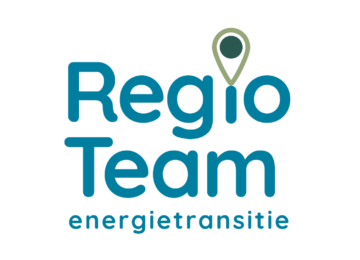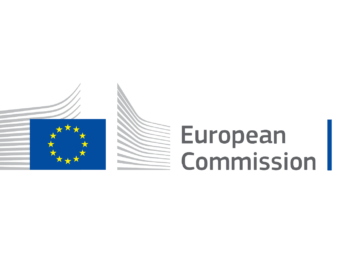PEH II confirms central role of energy storage in main spatial structure
The Energy Main Structure II (PEH II) Plan defines where in the Netherlands space should be reserved for energy infrastructure, such as batteries, pipelines, hydrogen plants and heat networks. The PEH II starting memorandum made public in June 2025 marks a clear step: energy storage is recognized policy-wise and spatially as essential for system flexibility and security of supply.
What is the PEH 2?
The PEH works closely with two other major government plans. The first is the National Energy System Plan (NPE), which describes what energy sources we will need in the future, such as wind, solar, hydrogen or heat. The second is the National Spatial Policy Document, which sets out the national vision of what the Netherlands should physically look like, focusing on housing, nature, the economy and energy. Where the NPE sets the substantive course and the National Spatial Strategy provides the overarching policy, the PEH translates these goals into concrete choices on the map. This creates coherence between what we want, what is needed, and where it should all be located.
Battery storage explicitly recognized
Large-scale system batteries with a capacity above 100 megawatts remain explicitly named in PEH II. The first PEH already identified the high demand for space for batteries. PEH II further examines where these batteries can best be fitted spatially and how they contribute to system flexibility, for example by accommodating peaks in supply and demand. In addition, system variants are analyzed in which battery storage plays a dominant role alongside other flexibility options.
Heat storage as a new building block
An important addition in PEH II is the introduction of heat as a new part of the energy system. The focus here is on supra-regional heat networks, power-to-heat, and heat buffers. These buffers serve both for seasonal storage and day/night buffering. The spatial consequences and system impacts of these forms of storage are integrally included in the analyses.
Building on hydrogen infrastructure
In the area of hydrogen, PEH II continues the line from PEH I. The program continues to focus on electrolysis plants larger than 100 megawatts, underground storage, and hydrogen pipelines of national importance. New is the focus on preferred locations for import terminals, expansion of pipeline infrastructure, and the spatial and safety aspects of large-scale hydrogen supply. Here, the clustering of hydrogen production at offshore wind landings is seen as spatially efficient because it reduces the infrastructure required.
Adaptive planning: reserving space without lock-ins
Instead of focusing on a single fixed vision of the future, PEH II works with multiple scenarios toward 2040 and 2050. Among other things, these scenarios explore variants with a dominant role for battery storage, strong commitment to hydrogen, and the expansion of thermal storage. This avoids lock-in and creates room for adaptive planning. The program also aims to designate preferred areas for storage technologies so that projects can be accelerated within the legal framework of the Environment Act.
Planning
The next few years will be marked by further elaboration:
- Summer 2025 the draft of the Nota Ruimte will be published, setting out the major spatial choices for the Netherlands.
- Fall 2025, the research plan for PEH II will be published, detailing exactly what will be researched and how the public will be involved.
- An evaluation of PEH I will take place in 2026, looking at how the program works in practice and where improvements can be made.
- Also in 2026, the outline letter for PEH II will appear, containing the first directional choices for the new energy capital structure.
- In early 2028, the draft PEH II, including justifications and impacts, will be presented, followed by a formal public participation process.
- By the end of 2028, both the final PEH II and the updated National Energy System Plan (NPE) will be adopted by the Cabinet.
In addition, PEH II will become part of the Climate and Energy Memorandum every year from now on, so that current insights about energy storage are structurally included in national policy.
Latest News
 News
News
Response from the regional energy transition team to the draft policy on large-scale battery storage in Flevoland
December 23, 2025 News
News
Compliment of the month: Provincial Council of Gelderland
December 18, 2025 News
News


